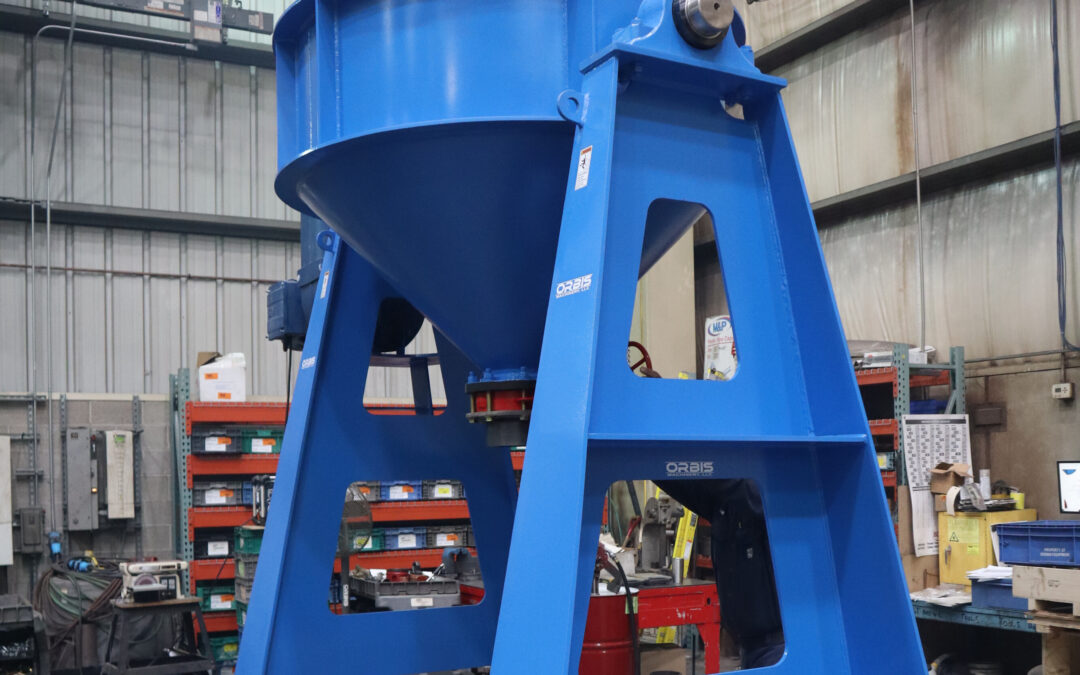Valves are basically devices that help to direct, control and regulate the flow of air or fluids such as liquids, gases, slurries, or fluidized solids by either closing, partially obstructing, or opening various passageways. Moreover, there are varieties of valves that have various uses for different fluids, temperature conditions, pressures, and materials.
Although, depending on how often they are used, their application, and the requirements of the local jurisdiction, sooner or later, all valves need replacing. However, if you notice that “sooner” occurs more often than “later”, it could be that you aren’t properly maintaining them.
Typically, one of the best ways to extend the life span of any kind of valve is by properly coating them. It doesn’t just stop there because your choice of coating also plays a huge role in determining the performance of your valve and it also affects how often you repair, maintain, and replace it.
The Importance Of Coating Your Valves
When there is a build-up of particles in valves and they aren’t properly mitigated, it could cause several problems and a lot of contamination. For instance, if your engine seems rough as soon as you start it, it might be giving you warning signs of a valve that has been stuck and most times if not attended to, can lead to the entire breakdown of the engine.
Subsequently, abrasion and corrosion are destructive agents that could cause total wreckage in the operation of valves, especially when used in slurry applications. They can create a sandblast effect that can lead to additional wear, material leakage, and even possible compliance loss.
However, this is why it is very vital to coat your valves as they can drastically reduce problems associated with corrosion and abrasion. Also, when coating, be sure to apply it to the housing, endplates, and rotors of the valve to allow materials effortlessly slide off the surface.
Coating valves with materials like XTR-Coat, Lectrofluor, Teflon, or hard chrome can significantly improve the material release and also prevent it from any form of material buildup and friction. They can also help to drastically reduce the need for the replacement of rotors, prevent capacity reduction, and also improve cleanability.
Moreover, when dealing with intake valves, the primary focus is to coat or lubricate the seat and the stem of the valve to reduce friction especially at engines where there is a restriction of oil flow to the head. It is also vital to properly coat the face of the valve that resides in the combustion chamber to limit the operating temperature of the valve.
For the exhaust valve, on the other hand, it is most appropriate to coat the face with a thermal barrier as this could reduce the amount of heat absorbed by the valve. This actually works for both the intake and exhaust valve as it could not only reduce wear but also create a long term seal.
Although, when trying to coat any type of valve, the best coating product usually depends on the application, material, and equipment so as to know which works best for which.
The Best Coatings Based On The Material Type
Just as mentioned earlier, coatings can be easily applied to the rotors, housing, and endplates of your valve. Below is a quick guide to help you properly choose the best coatings based on the material type.
Corrosive materials (salt)
The XTR-Coat is designed to convey materials that are abrasive, acidic, and corrosive. Besides, it works in a variety of scenarios. It also prevents the sticking and buildup of materials on the surfaces of valves. Moreover, it is very durable and works as a USDA and FDA compliant non-stick surface that combines easily with a rotor with stainless steel to convey salt, sugar, flour, pet food, and more.
Lighter substances that are not too sticky (powdered sugar)
In situations where you have substances that are lightweight with a low abrasion level, you might not see too much sticking. For substances like this, the best choice is a hard chrome coating for the endplates and housing of the valve. Also, add a Lectroflour coating specifically for the rotor.
This would give you the best sticking resistance and abrasion for substances under this category alongside the compliance of the USDA and FDA.
Substances that are light and sticky (granulated sugar and flour)
The major difference between this substance and the one in the previous category is the moisture and weight. For light and sticky substances like this, it is advisable to go for a 304 stainless steel rotor with parts coated in XTR-Coat.
This is because it is quite easy for sticky and heavy materials to slide off and disallow buildup in the pockets of the rotor. It also works well as a food-grade alternative to hard chrome and complies with all regulations given by the USDA and FDA.
If you are faced with materials that are too sticky, they may harden at the slightest hint of moisture which could facilitate a lot of buildups. In situations like this, try and get a steel valve that is entirely stainless, preferable on rails to allow for easy cleaning.
Moderately abrasive materials (cement)
Materials that are moderately abrasive like cement requires a thicker heavy plate chrome coating or a hard chrome coating, which goes on the housing and the endplates of the valve. A stainless steel rotor can easily be replaced and this is cost-effective because you wouldn’t need to replace the entire valve.
Highly abrasive materials (silica sand)
When it comes to materials like this that are rugged, you’ll need the Tungsten coating. This coating is metal famed for its high melting point and toughness. However, it can be applied to everything you need from your endplates to your housing and rotor to give your valve solid protection against abrasion.
The above materials could serve as a guide in helping you choose the best coatings based on the type of material. However, if you are still unable to pick any, you should partner with a valve manufacturer who can help you recommend the best coating products for your material type. This is very necessary because your choice of coating determines the life span of your valve. So, in order to save yourself the stress of constant repairs, ensure you protect your valve with not just any coating but the right one.



